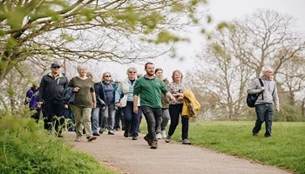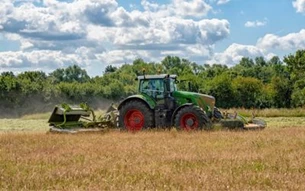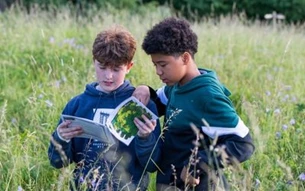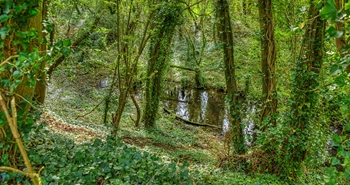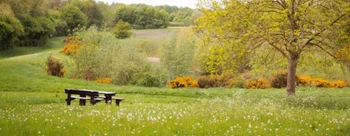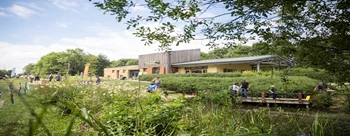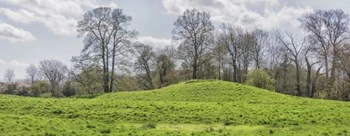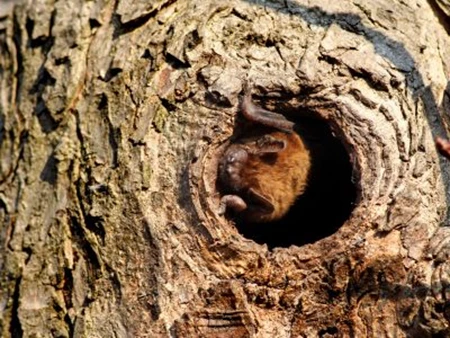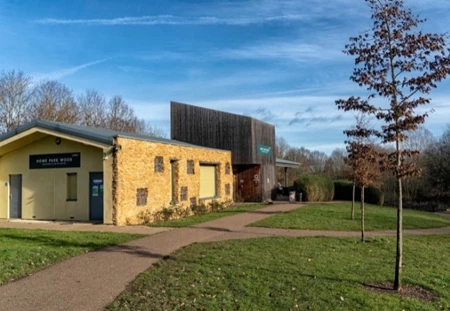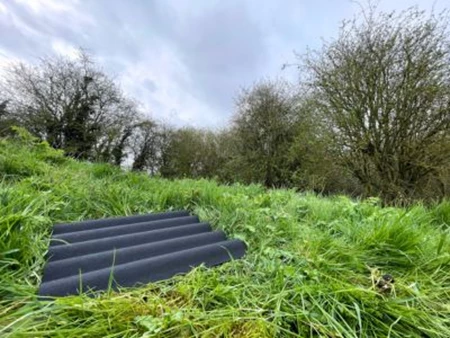Coppicing
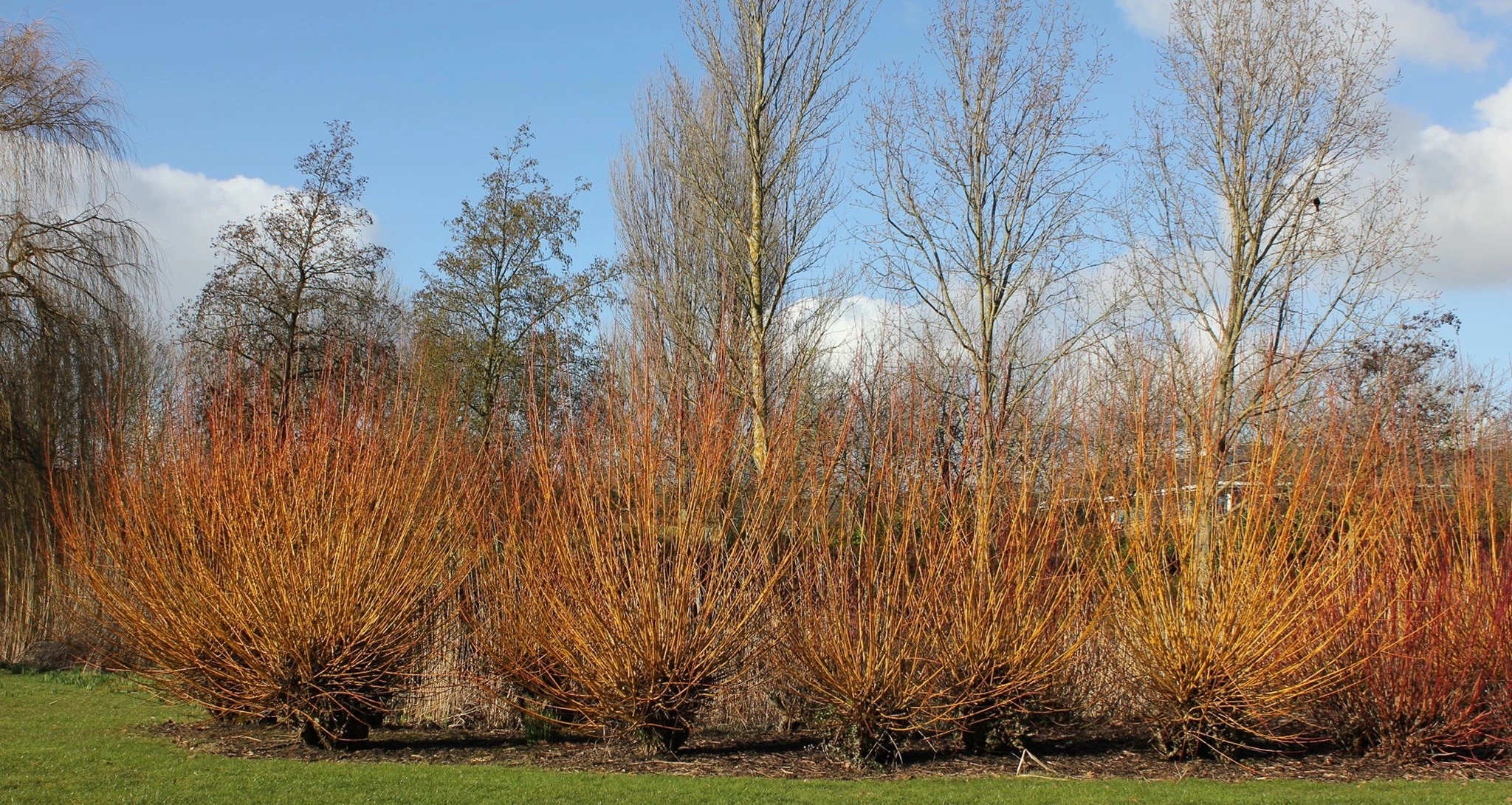
What is coppicing and why do we do it?
The management of our parks takes place all year round, and the winter months are the perfect time for coppicing. We understand it may seem odd to many that we would be cutting back the many plants that are spread across Milton Keynes’ green space, but please rest assured that it’s a key part of our land management. If you want to better understand what coppicing is and why we do it, please continue reading below.
The process of coppicing
Coppicing is the traditional process of cutting back of certain woody plants to just above ground level (usually 100-200mm). Lots of plants are suitable for coppicing, including laurel, hazel, dogwood, rose and willow. For various reasons, it’s been part of land management for hundreds, if not thousands of years. Traditionally, it would have been undertaken to provide local communities with such things as firewood, charcoal, fencing or building materials and foliage for livestock.
Why is it important for us to do it?
Coppicing helps rejuvenate and prolong the life of individual plants and encourages regrowth. This process supports plant health by opening the ground to other plants, including herbaceous grasses and wildflowers, which are essential for varied greenspaces. It helps eliminate pests and diseases, removing fungi or bacteria that, for instance, attack plant stems.
There are also times we need to coppice shrubs which grow along the boundaries of our land. This allows inspections to be carried out to prevent fly tipping and encroachments on our land. Furthermore, coppicing ensures the city’s roads, footpaths, and redways are safe for people to use. Coppicing helps maintain the visibility of lines of sight.
How does it affect the plant?
The winter period is when shrubs and other plants go into their dormant period. It is at this time that the plants store nutrients and sugars safely in the roots, which sustains them over the winter and offers an energy source for the coming growing season. It is during this dormant period that it is best to cut or coppice the plants generally at 100-200mm above ground level. When spring arrives, the plants will start to regrow, often quite rapidly. Such coppicing activity helps rejuvenate and prolong the life of individual plants.
Shrub species such as willow and red and yellow stemmed Dogwoods that we frequently see across the city are often grown for their stunning winter colours. If left to grow year upon year in the harsh clay and made-up soils of Milton Keynes, they can overextend themselves and lose their vitality and strong colouring. This is detrimental to the plant, especially as the clay dries out in the summer - the shrubs can start to weaken and die, as the roots cannot maintain the rest of the plant with water etc. Coppicing helps prevent this unwanted scenario.
You may see our team carrying out coppicing in action across the park during the colder months - if you do have any questions, get in touch with us by phone, email or social media @theparkstrust.

